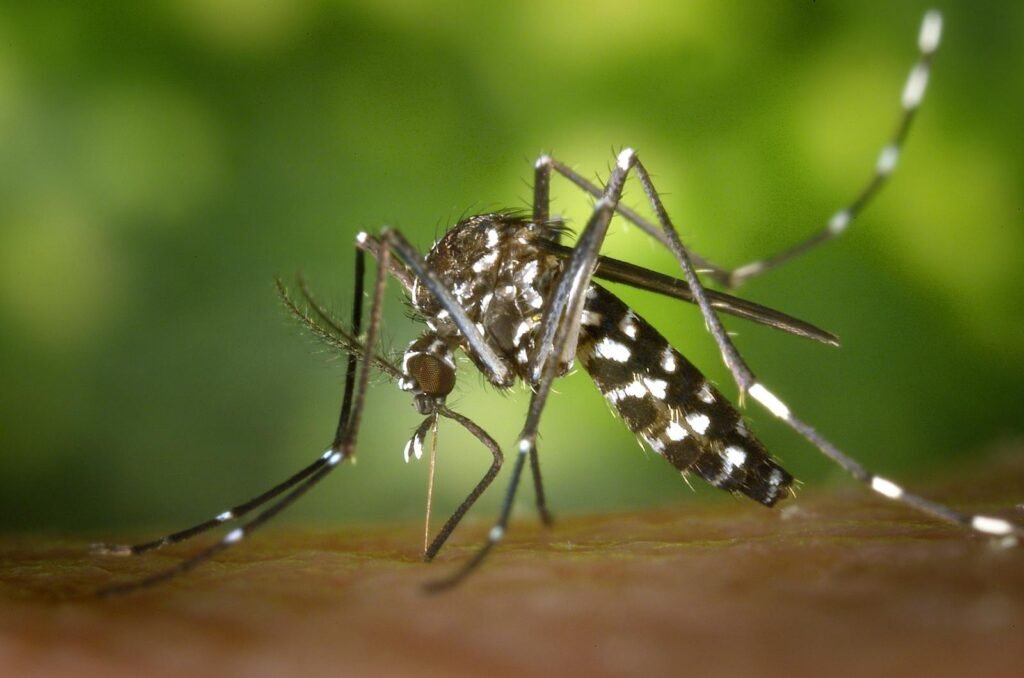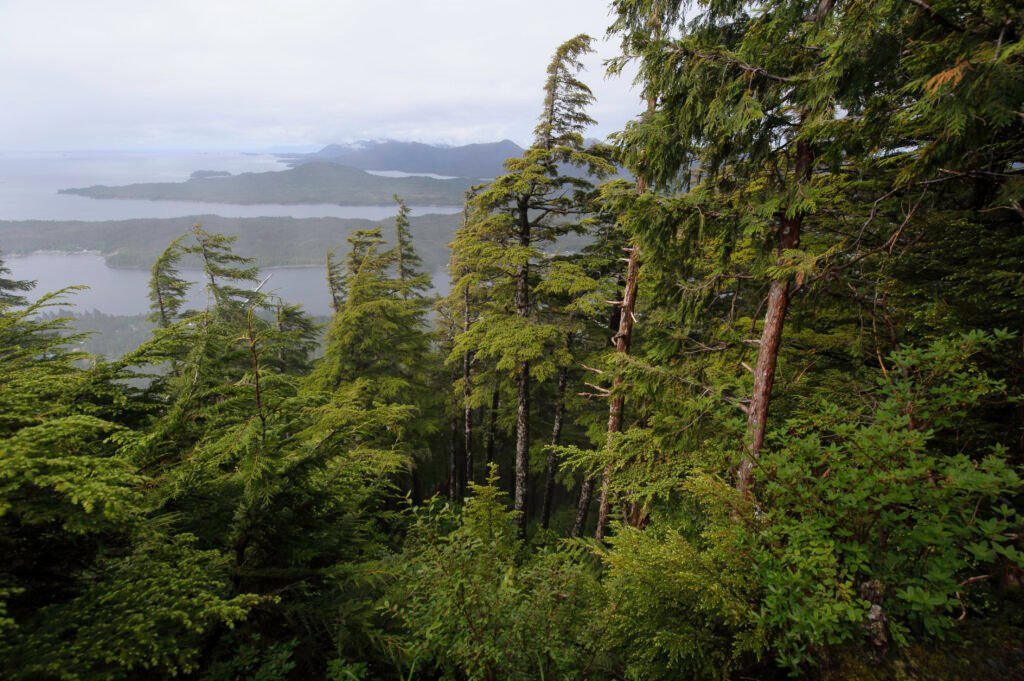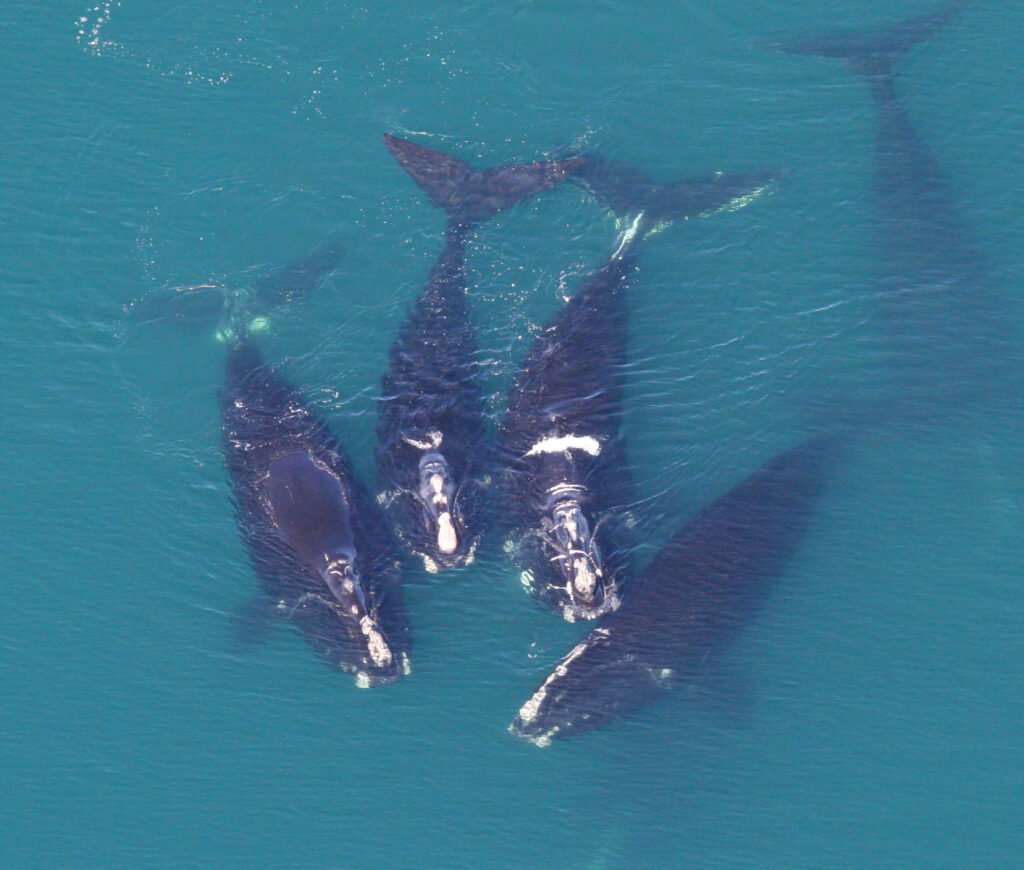Imagine peering into a still pond at dusk, the surface glassy and undisturbed—except for a few tiny, wriggling creatures suspended upside down, seemingly defying gravity. These are mosquito larvae, and their peculiar way of clinging to the water’s surface is not just a marvel to behold but a testament to the wonders of physics and evolution. The secret behind this breathtaking act? The invisible, yet powerful, force of surface tension. Let’s dive into the world beneath the water’s edge and uncover how these tiny architects of nature turn a simple pond into a stage for one of biology’s most fascinating tricks.
The Curious World of Mosquito Larvae
Mosquito larvae, often called “wigglers,” are the aquatic, worm-like young of mosquitoes. At first glance, they might seem insignificant, but they play a vital role in the mosquito life cycle. Living just below the water surface, these larvae are constantly moving, twisting, and turning. Their unique habitat demands a way to breathe air while staying safe from predators lurking below. The way they position themselves—hanging upside down from the water’s surface—looks almost magical to the casual observer. This upside-down posture is not just for show; it’s a survival tactic honed over millions of years.
What Is Surface Tension?
Surface tension is a physical phenomenon that gives water its “skin.” It’s the reason droplets form beads on a leaf and why some insects can walk on water. On a molecular level, water molecules are strongly attracted to each other, especially at the surface. This attraction creates a kind of elastic film that resists external force. For mosquito larvae, this invisible film becomes a lifeline—quite literally holding them up, even as gravity pulls them down. Think of surface tension like a trampoline: strong enough to support the larvae, yet delicate and easily disturbed.
Breathing at the Water’s Edge
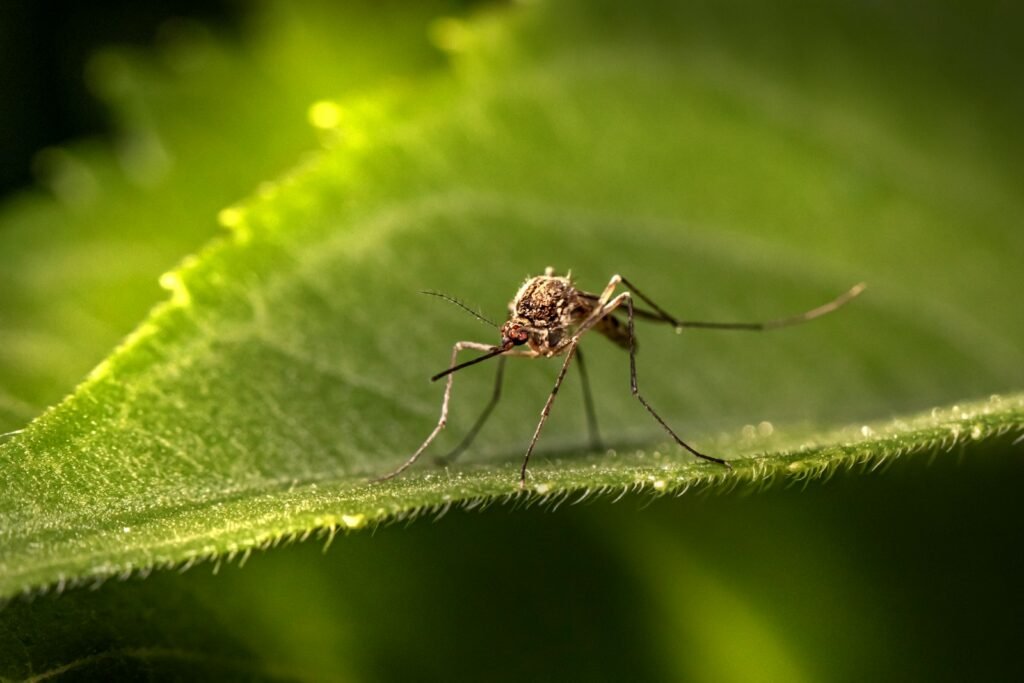
Unlike fish, mosquito larvae don’t have gills to draw oxygen from the water. Instead, they need direct access to the air. At the end of their bodies, they possess a tiny tube called a siphon, which pokes through the water surface like a snorkel. By hanging upside down, the larvae keep their bodies submerged and safe, while their siphon breaks the surface to draw in life-sustaining oxygen. This clever adaptation is only possible because surface tension supports their weight, allowing them to stay perfectly poised at the air-water boundary.
The Mechanics of Hanging Upside Down
The process by which mosquito larvae attach themselves to the water’s surface is surprisingly sophisticated. The tip of their siphon is coated with tiny, water-repellent hairs that push water molecules aside and help anchor the larva in place. The rest of their body dangles downward, largely motionless unless disturbed. If you ever see them darting away, it’s usually because a ripple or breeze has broken their delicate hold on the surface. Their ability to cling upside down is a fine balance between buoyancy, body structure, and the ever-present force of surface tension.
Defying Gravity: The Role of Physics
Gravity is always pulling the larvae downward, but surface tension provides an upward force that counteracts this pull. The larvae’s lightweight bodies and specialized siphon tips mean they don’t break through the surface film. Instead, they are held in place, suspended like a tightrope walker on a wire. This is a stunning example of how life can exploit the laws of physics to survive. If their bodies were heavier, or their siphons less adapted, they would plunge beneath the surface and lose access to vital air.
Predator Avoidance and Survival
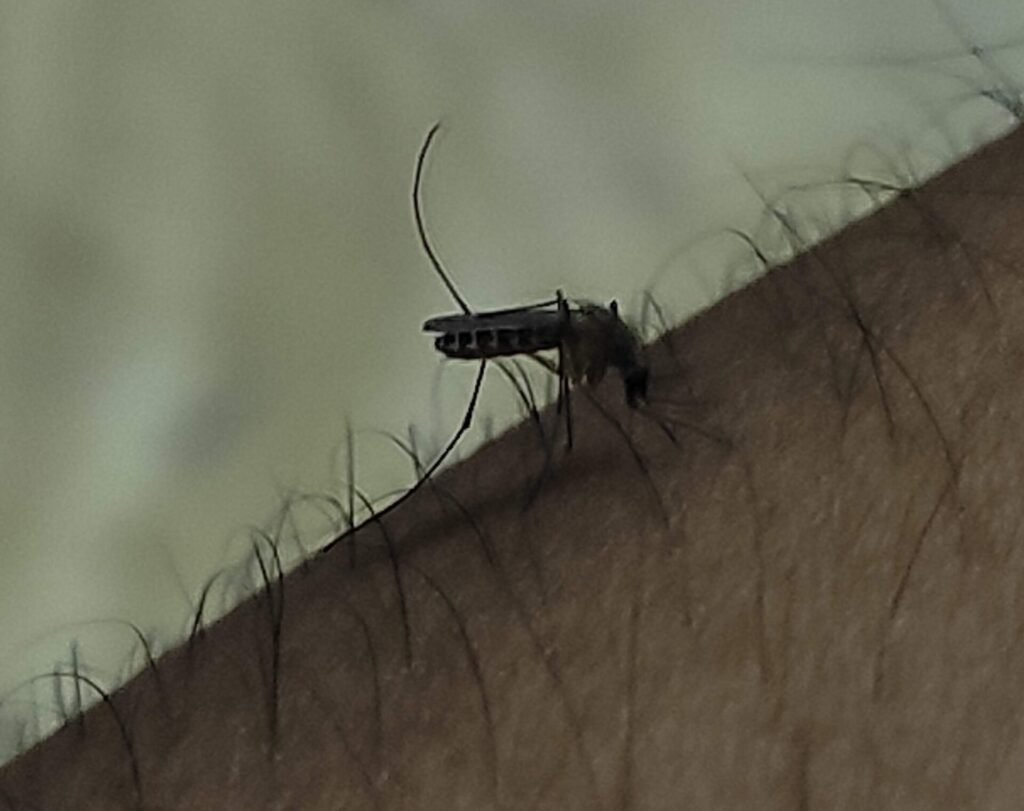
Hanging just beneath the water’s surface offers mosquito larvae a unique advantage: safety. Many aquatic predators, such as fish and beetles, hunt lower in the water column, making the surface a relatively safe haven. By staying close to the air above and keeping most of their bodies in water, larvae reduce their exposure to danger. Additionally, their upside-down posture and quick, wriggling movements allow them to escape threats rapidly. The combination of behavioral agility and the physical support of surface tension is a daily lifesaver.
The Importance of Tiny Hairs and Hydrophobicity
A closer look at the siphon under a microscope reveals a forest of minuscule, water-repellent hairs. These hairs are crucial for maintaining a tight seal with the water’s surface, preventing the siphon from getting wet and clogged. The scientific term for this property is hydrophobicity—literally meaning “fear of water.” It’s the same principle that keeps rain from soaking into a duck’s feathers. For mosquito larvae, these hydrophobic hairs make all the difference between life and death, allowing them to breathe freely.
Environmental Factors that Influence Surface Tension
Not all water bodies are created equal—factors like temperature, pollution, and the presence of detergents or oils can affect surface tension. For example, polluted water with soaps or oils can weaken the surface film, making it harder for larvae to hang upside down. This vulnerability means mosquito populations can be influenced by the cleanliness of their habitats. Interestingly, some mosquito control methods use this weakness by adding substances that disrupt surface tension, causing larvae to sink and drown.
A Marvel of Evolutionary Engineering
The relationship between mosquito larvae and surface tension is a story of evolutionary finesse. Over countless generations, these creatures have adapted in ways that seem almost tailor-made to exploit the peculiar properties of water. Their survival depends not just on their own biology, but on the subtle interplay between physics and environment. It’s a reminder that even the smallest creatures are shaped by forces we can’t always see—and that sometimes, nature’s solutions are as elegant as they are unexpected.
Why This Matters to Us
Understanding how mosquito larvae use surface tension isn’t just a scientific curiosity—it has real-world implications. Mosquitoes are one of the world’s most significant vectors for diseases like malaria, dengue, and Zika virus. By learning how their larvae survive and thrive, researchers can develop better strategies to control their populations. Simple interventions, like disturbing the water’s surface or introducing safe surfactants, can have outsized effects. Knowledge of these tiny creatures’ lifeways becomes a powerful tool in the ongoing battle against mosquito-borne disease.
A Lasting Impression from a Hidden World
Next time you catch sight of a calm pond or rain barrel, pause for a moment and imagine the hidden world just below the surface. The sight of mosquito larvae hanging upside down, sustained by the invisible magic of surface tension, is a reminder of nature’s ingenuity. These simple, often overlooked creatures have turned a basic physical law into a lifeline. Their story is a testament to the power of adaptation—and an invitation to see the ordinary with new eyes. Have you ever wondered what other hidden marvels are waiting just beneath the surface?

